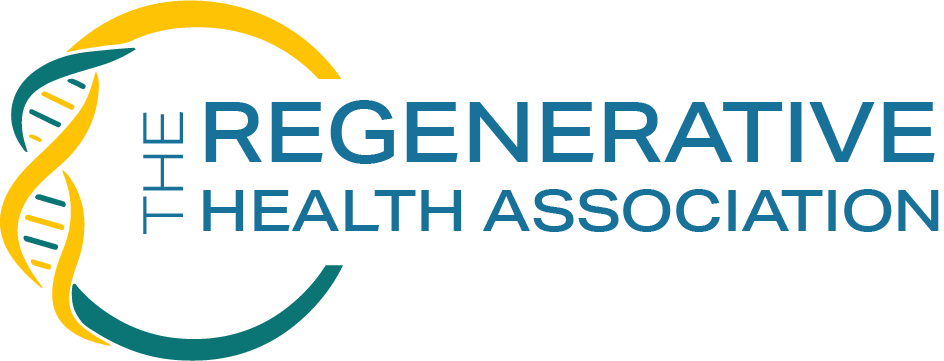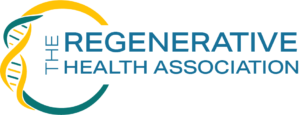Embryonic stem cells (ESCs) are pluripotent stem cells derived from embryos that are typically 3 to 5 days old. These early-stage embryos, known as blastocysts, contain about 150 cells—and within this cluster lies a unique group of cells with extraordinary potential.
Embryonic stem cells can become any cell type in the human body. This means they can develop into nerve cells, muscle cells, blood cells, and more—making them one of the most valuable tools in regenerative medicine and developmental biology.
ESCs are primarily obtained from unused embryos created during in vitro fertilization (IVF) procedures, with informed consent from donors. These cells are then grown in laboratory conditions, where scientists study how they specialize (or “differentiate”) into specific cell types. This research helps us understand early human development, congenital diseases, and how to regenerate damaged tissues.
Their use in research has sparked ethical debates, especially regarding the source of the embryos. However, strict guidelines and oversight are in place in many countries, including the U.S., to ensure responsible and transparent use of embryonic stem cells.
The ability of ESCs to transform into virtually any cell type is what makes them so powerful—and potentially life-changing—for treating conditions like Parkinson’s disease, spinal cord injuries, type 1 diabetes, and heart disease.
Want to understand it visually? Watch this explainer video on YouTube to see how embryonic stem cells work and why they are so important in biomedical research explained by Dr. Janet Rossant or check out this overview from NIH to explore more about embryonic stem cells.
Are you considering stem cell treatment or regenerative therapy? Don’t make a decision without being fully informed. Download our expert-curated list of 20 critical questions will empower you to evaluate potential providers with confidence and help you decide on the best outcome for your health.


